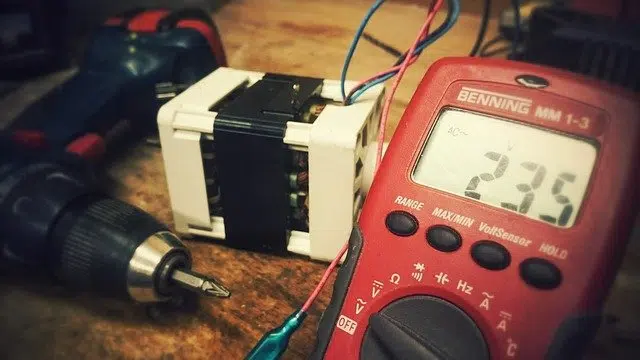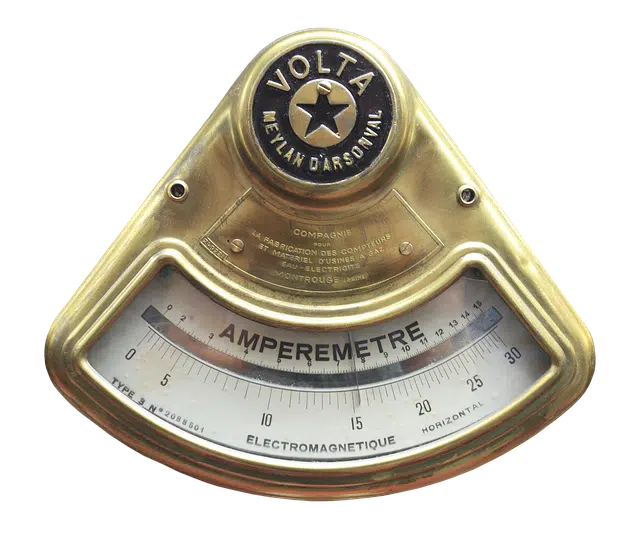
An ammeter measures amperes or amperes of electrical current.
An ammeter is a device that allows measuring the amperes of the electric current . To accurately understand the meaning of the concept we must, therefore, know what amperes are and what electric current is.
Electric current is produced by the movement of electric charges in a material. It is a magnitude that reflects the electricity that, in a unit of time, flows through the conductive material. The ampere, in this framework, is the unit that allows quantifying the intensity of the current.
Its operation
Returning to the notion of an ammeter, this instrument measures the intensity of the current circulating in an electrical circuit. By connecting the ammeter to the electrical circuit, it is possible to discover the number of amperes (that is, the intensity) of the current in circulation.
The measurement consists of making the electric current circulate through the device. The internal resistance of the ammeter is very small so that a voltage drop does not occur at the time of measurement. If you wish to measure the current without opening the circuit , it is necessary to use a particular type of ammeter known as an amperometric clamp (defined below), which measures the intensity indirectly through the magnetic field generated by the current in question.
There are several types of ammeters, which we can broadly divide into three groups: analogue, digital and amperometric clamps.

An ammeter can be analog or digital.
Analog ammeters
The description provided in the previous paragraphs is nothing more than the foundation of the oldest ammeters, which were analog . As is the case in many other areas, although this technology was designed a long time ago, it is still used today.
Analog ammeters present the measurement result with the help of a needle that is positioned at the corresponding point between the minimum and maximum available on the display panel . In this group of devices we find two subgroups: electromechanical ammeters and thermal ammeters.
Electromechanical or thermal devices
Broadly speaking, we can say that electromechanical ammeters are based on the mechanical interaction that takes place between electrified conductors, between a magnetic field and a current, or between two currents. Their design is relatively simple: they have two organs, one mobile and one fixed, and a needle to indicate the resulting value.
This type of ammeter is undoubtedly quite bulky and this leads to greater wear of its parts, as well as a greater probability of error in the measurement. On the other hand, it is faster than other models and is useful for readings in fixed positions. This group includes magnetoelectric , electromagnetic , electrodynamic and ferromagnetic ammeters.
With respect to thermal ammeters , they take advantage of the expansion of conductors when they are subjected to high temperatures , which is proportional to heat and, according to Joule's law, this is also proportional to the square of the current regardless of its direction or nature. , which is why these devices are useful for both reading direct and alternating current .
Digital ammeters
Thanks to advances in technology, this type of ammeter was born, more versatile and practical to use than analog ones. Among its fundamental advantages is less wear (due to the absence of moving parts) and a significant reduction in the probability of error.
Instead of a panel with a needle, they have a screen on which the results of the reading can be displayed.
Amperometric clamps
This type of ammeter is also known as a clamp or hook , and is very useful as it allows instantaneous measurement of intensity without the need to interrupt or open the circuit.
Since it has no electrical windings, there is no risk of it catching fire.
